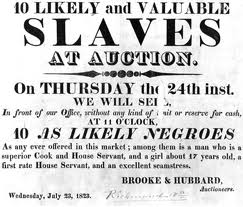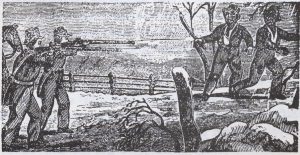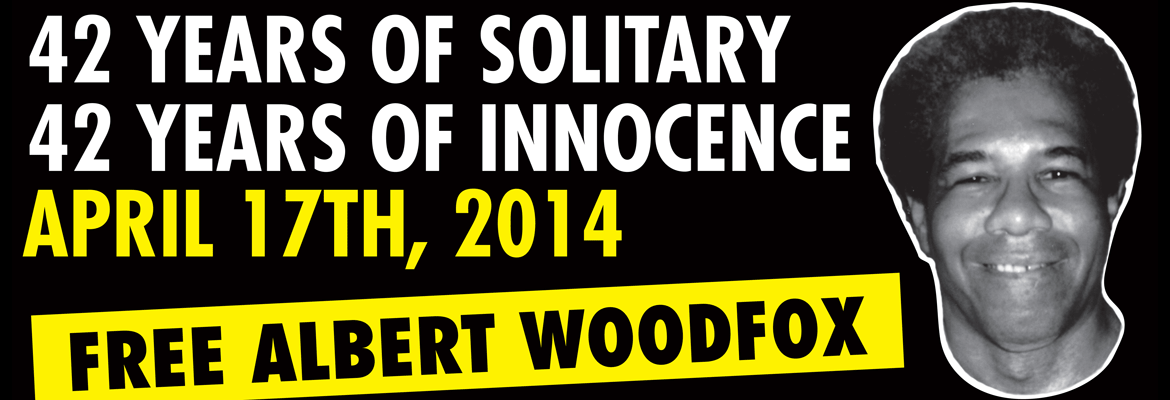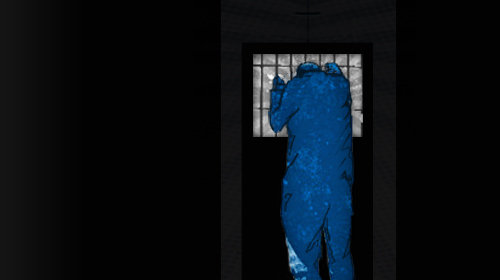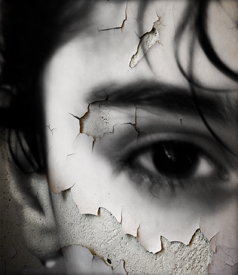Alex Constantine - March 30, 2013
Re "Maroon": " ... The name is derived not from the brownish-red color, but from a Spanish term for “fugitive,” cimarrón, and it refers to runaway slaves who established settlements in remote and inaccessible places in North, Central and South America, including many Caribbean islands. ... "
PM Press Announcement:
Maroon the Implacable: The Collected Writings of Russell Maroon Shoatz
Edited by Fred Ho and Quincy Saul with a foreword by Chuck D and afterword by Matt Meyer and Nozizwe Madlala-Routledge
PB | ISBN: 9781604860597 | $20.00
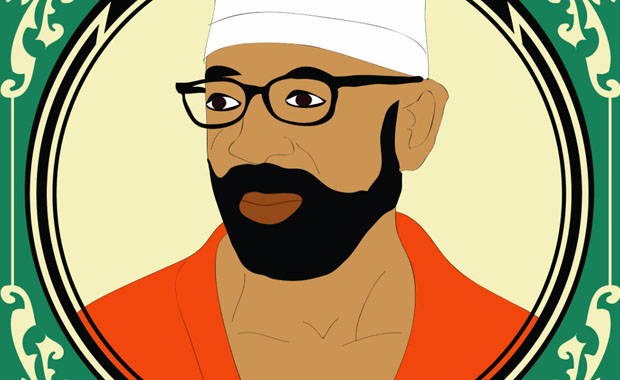 Russell Maroon Shoatz is a political prisoner currently held in solitary confinement----a condition he has been in for two torturous decades----yet his words ring out with the clarity and insight of the keenest of political analysts. Unjustly imprisoned for over thirty years, Maroon was an active leader of the 1970s Black liberation movement in Pennsylvania. His daring escapes from prison earned him the moniker "Maroon." In these explosive pages, he carries on the ancient tradition of escaped slaves and rebels who have created forms of struggle that foreshadow the world we need to build. Maroon's implacable spirit and intense vision give everyone new tools to challenge empire, patriarchy, and "the Matrix."
Russell Maroon Shoatz is a political prisoner currently held in solitary confinement----a condition he has been in for two torturous decades----yet his words ring out with the clarity and insight of the keenest of political analysts. Unjustly imprisoned for over thirty years, Maroon was an active leader of the 1970s Black liberation movement in Pennsylvania. His daring escapes from prison earned him the moniker "Maroon." In these explosive pages, he carries on the ancient tradition of escaped slaves and rebels who have created forms of struggle that foreshadow the world we need to build. Maroon's implacable spirit and intense vision give everyone new tools to challenge empire, patriarchy, and "the Matrix."
"This book is that very funky instruction manual on how to make revolution." -- Amiri Baraka, Nobel Laureate
"A high document of true freedom for the masses." -- Chuck D, Public Enemy
About the book:
Talk on new book by jailed militant Russell Maroon Shoatz
By Frances Marion Platt on March 28, 2013
If the only Maroons you’ve heard of are sports teams, think again. Better yet, do a little research and you’ll learn a lot that they never taught you in school about the checkered history of the Americas. The name is derived not from the brownish-red color, but from a Spanish term for “fugitive,” cimarrón, and it refers to runaway slaves who established settlements in remote and inaccessible places in North, Central and South America, including many Caribbean islands.
Though we Yankees tend to think of Harriet Tubman and other heroes of the Underground Railroad leading people out of slavery in the South by following the North Star, the truth is that many escapees even in this country found freedom of a sort much closer to the plantations that they fled. The Great Dismal Swamp, which extends from Tidewater Virginia over the North Carolina border, became home to thousands of runaway slaves from as early as 1700 until after the end of the Civil War. Harriet Beecher Stowe, author of Uncle Tom’s Cabin, wrote her second-most-famous novel Dred: A Tale of the Great Dismal Swamp about a charismatic Maroon leader.
Militias sent into those pestilent, mosquito-and-poisonous-snake-infested marshlands to recapture the Maroons tended to get hopelessly lost, their quarry easily eluding them. Efforts by the colonial powers to root out Maroon settlements in other parts of the Americas were often equally unsuccessful: The British were eventually forced to sign a treaty granting autonomy to the Maroons of Jamaica after a protracted and fruitless war, and the Dutch had a similar experience in Suriname. In many places, Maroons managed to survive by intermarrying with indigenous tribes, like the Seminoles in Florida and the Taínos in Puerto Rico and Cuba. Communities of descendants of Maroons still persist to this day throughout the Americas.
Theirs is a rich history that deserves to be more widely known, of how human determination and resourcefulness find a “way out of no way” in the face of persecution, oppression and miserable living conditions. Little wonder, then, that a very bright and articulate former black militant named Russell Shoatz, currently serving a life sentence in prison for the killing of a Philadelphia police officer in 1970, decided to spend much of his overabundant downtime studying and taking inspiration from that history – so much so that he is now known by the nickname Maroon.
A prolific essayist and political theoretician who has incorporated ideas from the feminist, environmentalist, food security and Occupy movements as well as sociological analysis of the US criminal justice system into his original Black Panther ideology, Russell Maroon Shoatz has attracted a considerable following who regard him as a political prisoner. A collection of his works titled Maroon the Implacable: The Writings of Russell Maroon Shoatz, slated for release in April by PM Press, has already earned praise from luminaries of the left. Admirers of the book include Woodstock’s own preeminent progressive academician, Joel Kovel, who wrote, “His writings are a beacon for a new, revolutionary age. What a treasure has here been uncovered!”
Maroon’s daughter, Theresa Shoatz, and the volume’s editor, Quincy Saul, will appear this Friday, March 29 at the Inquiring Minds Bookstore in New Paltz to speak about the jailed militant’s life, thoughts and writings as the national book tour gets underway. The event begins at 7 p.m. and admission is free.
Theresa Shoatz & Quincy Saul discuss Maroon the Implacable: The Writings of Russell Maroon Shoatz, Friday, March 29, 7 p.m., free, Inquiring Minds Bookstore, 6 Church Street, New Paltz; (845) 255-8300, www.inquiringbooks.com.
Also see: "The Shoulders Beneath My Feet"
